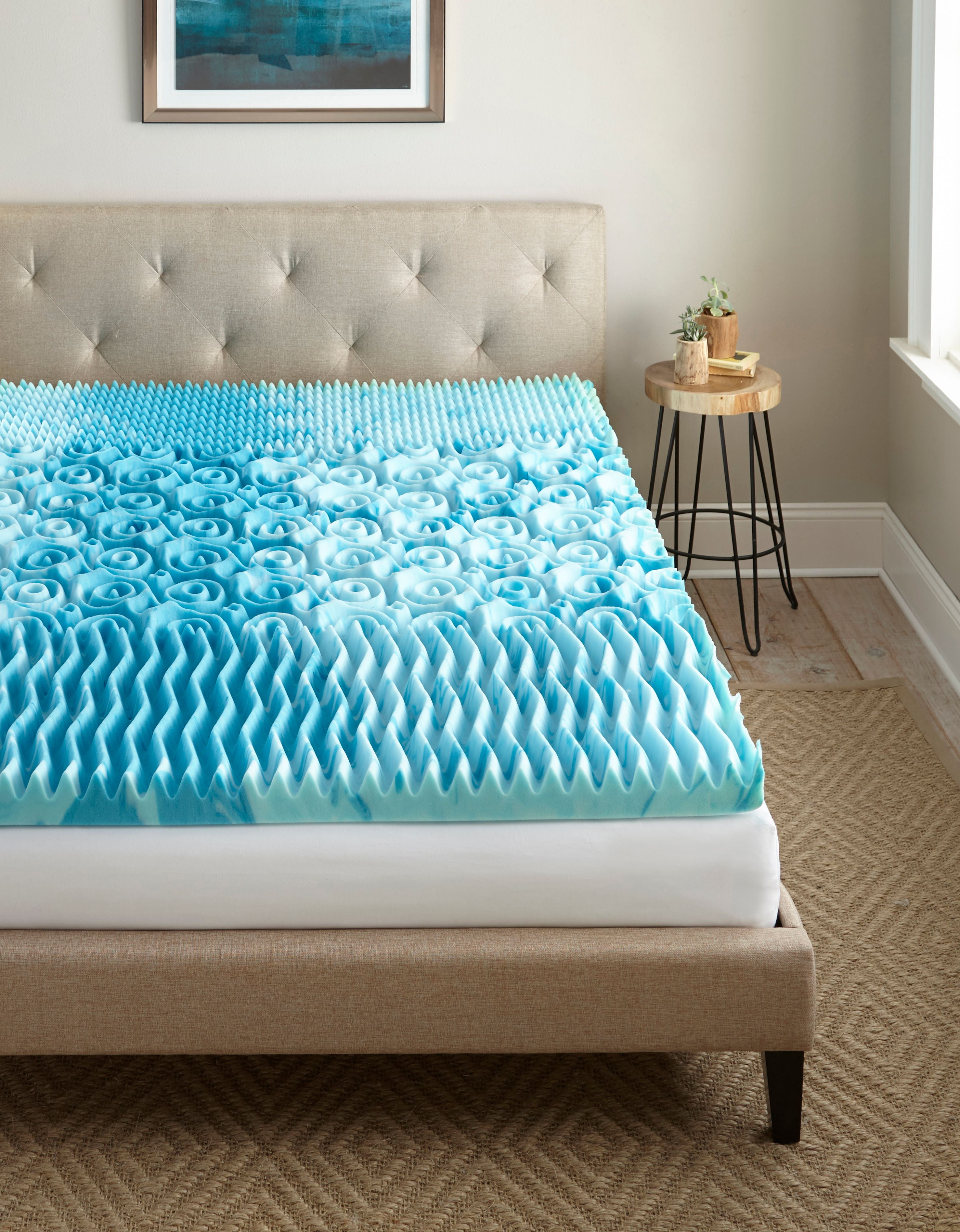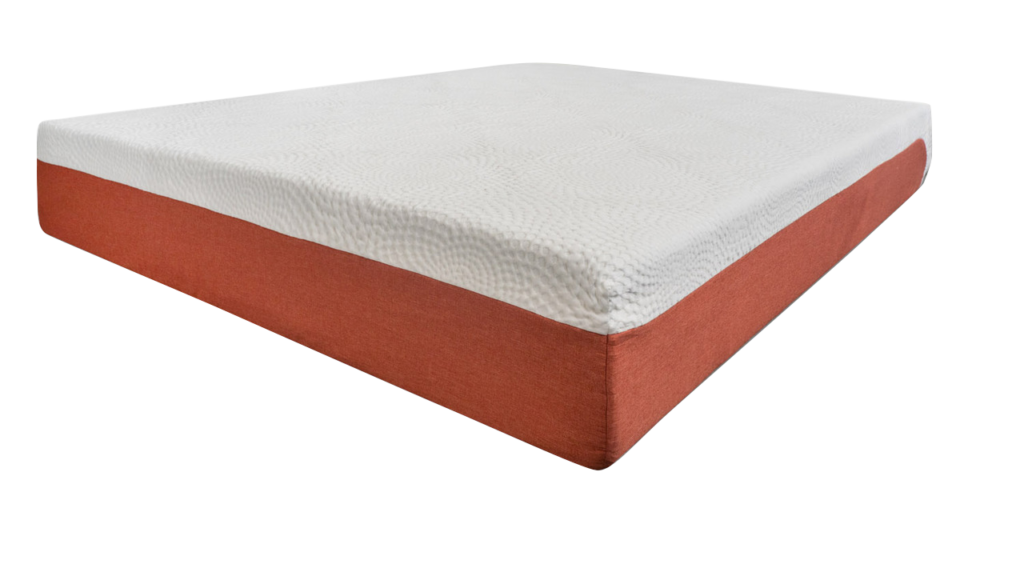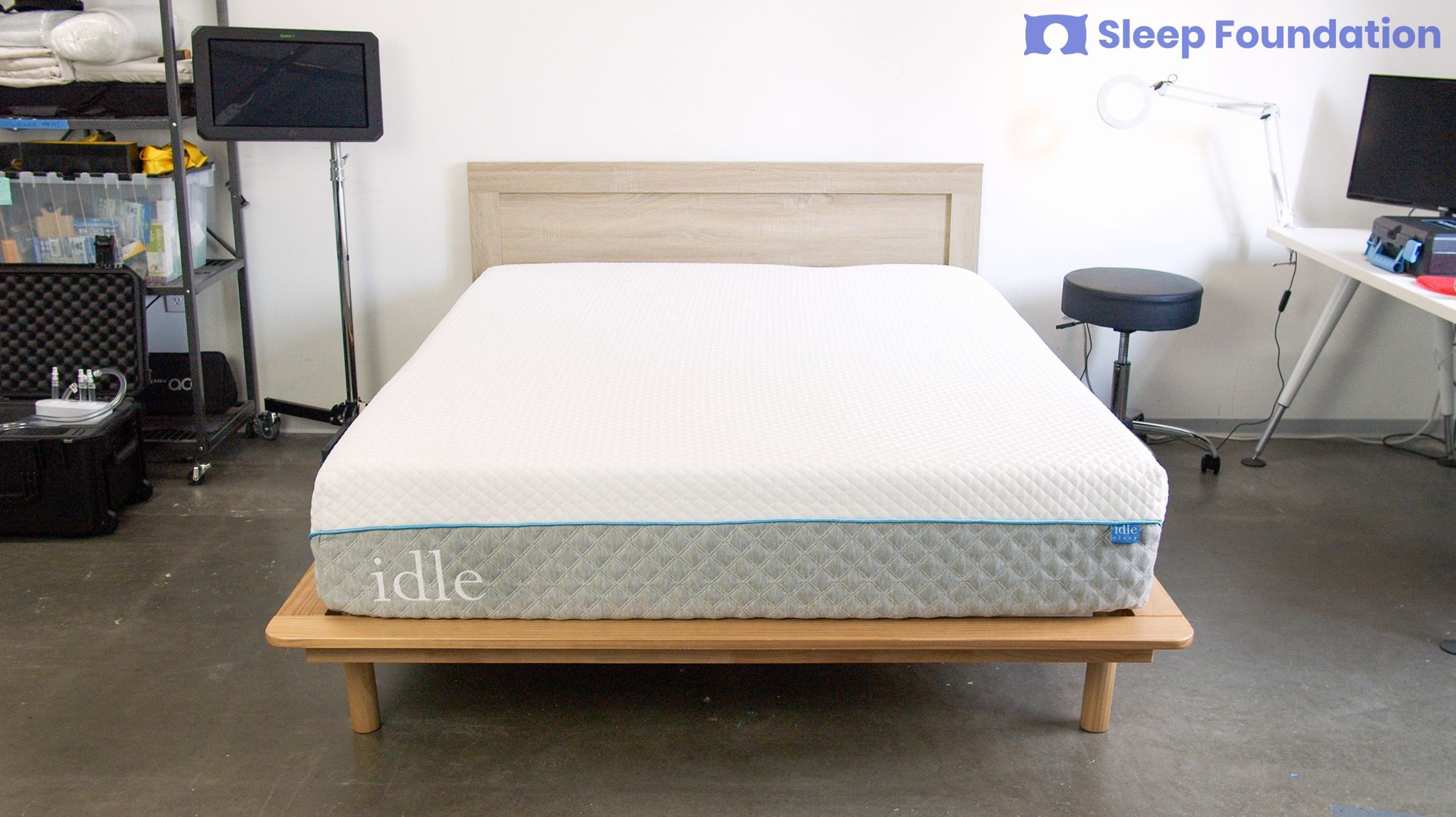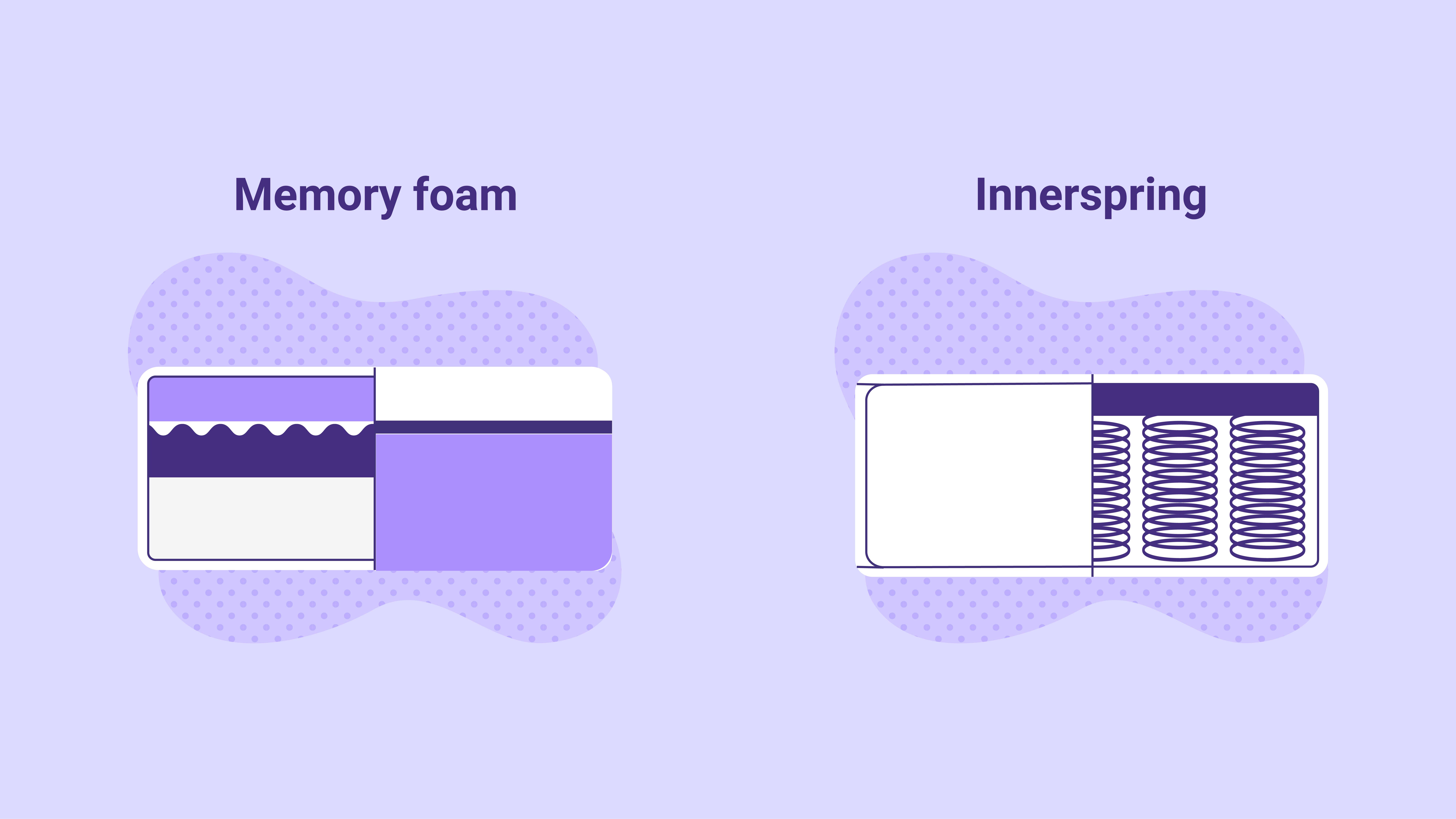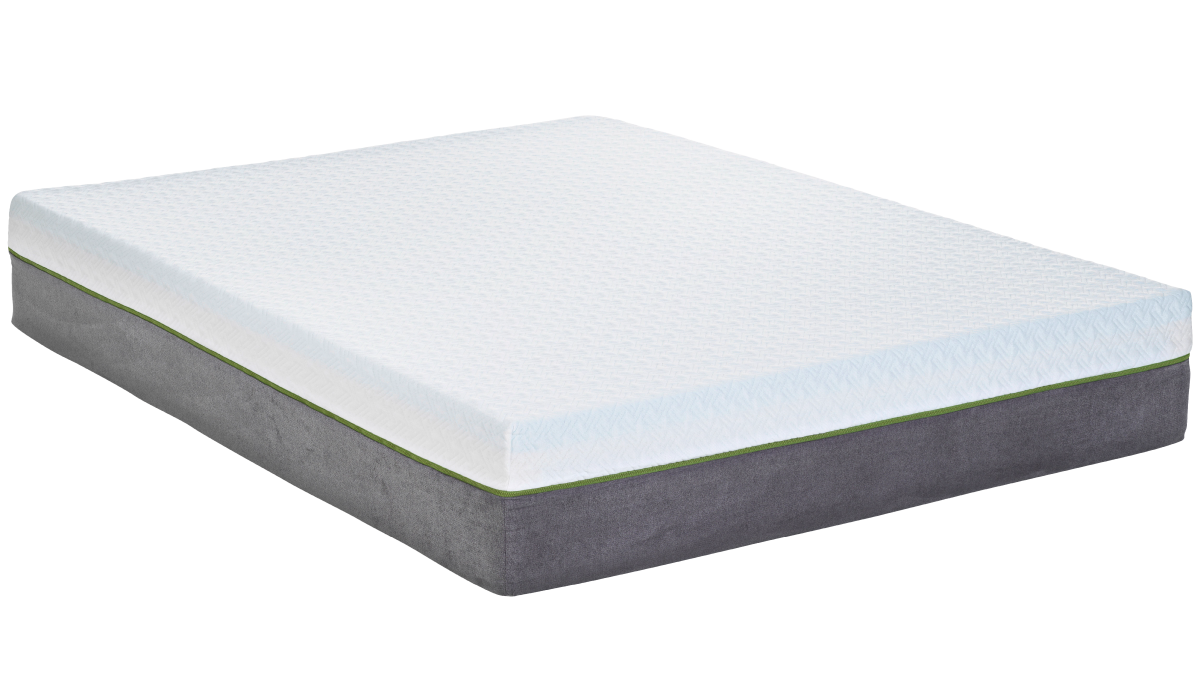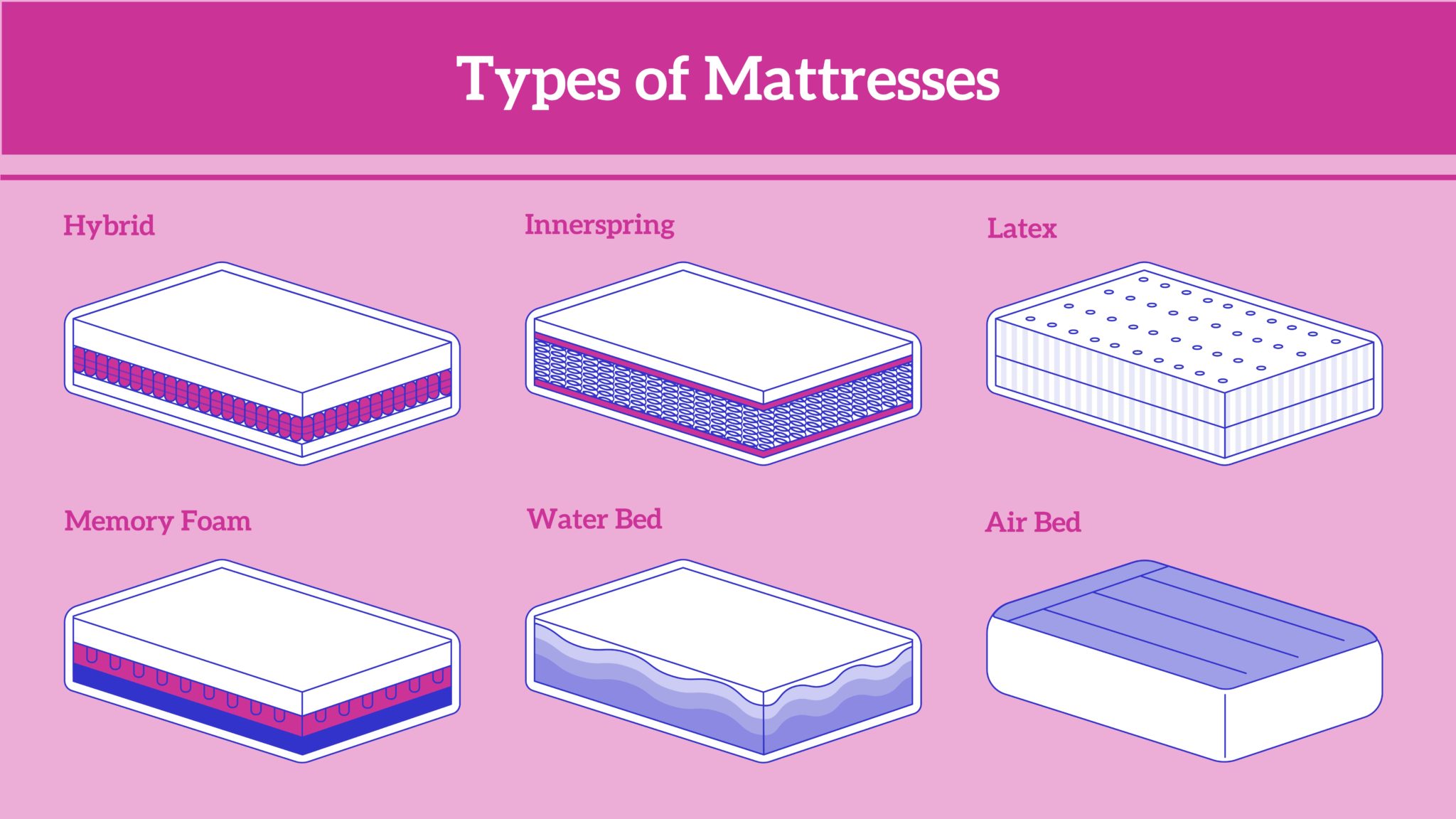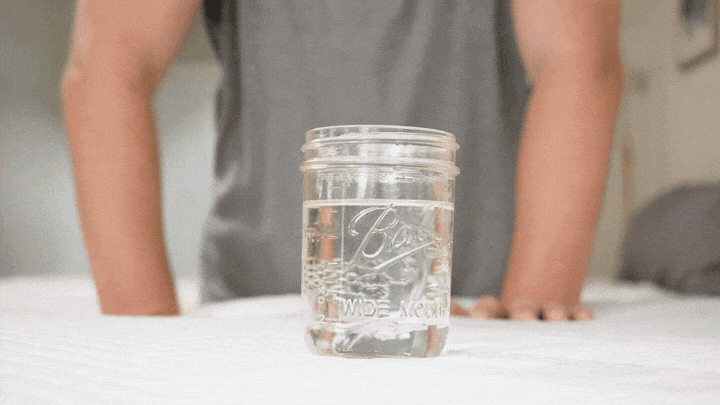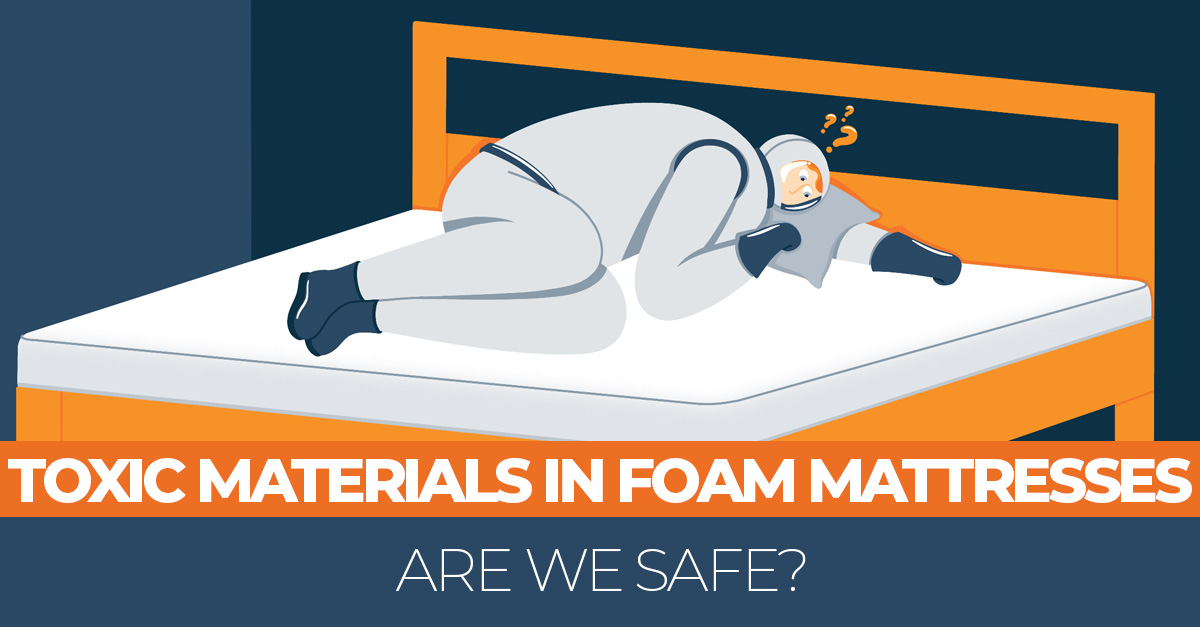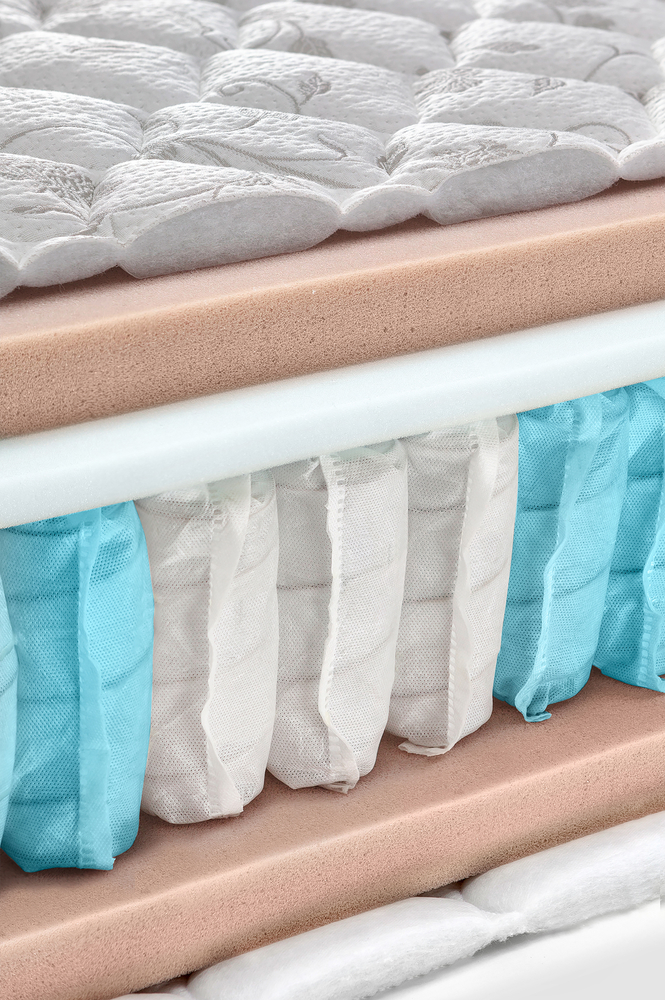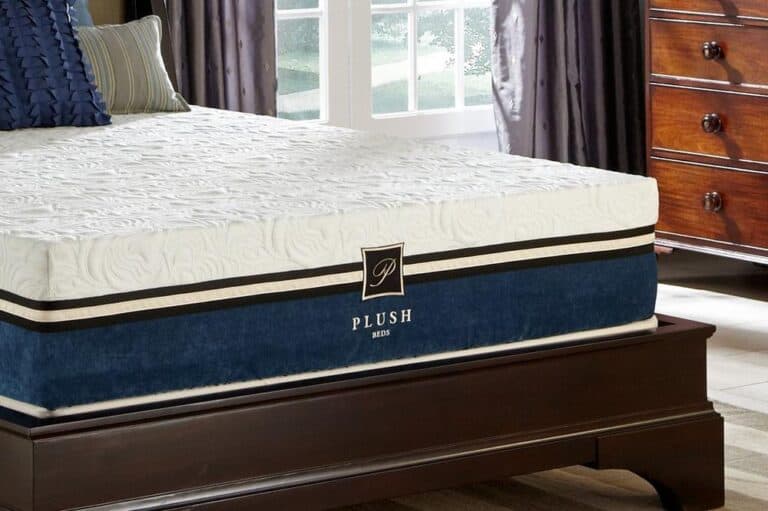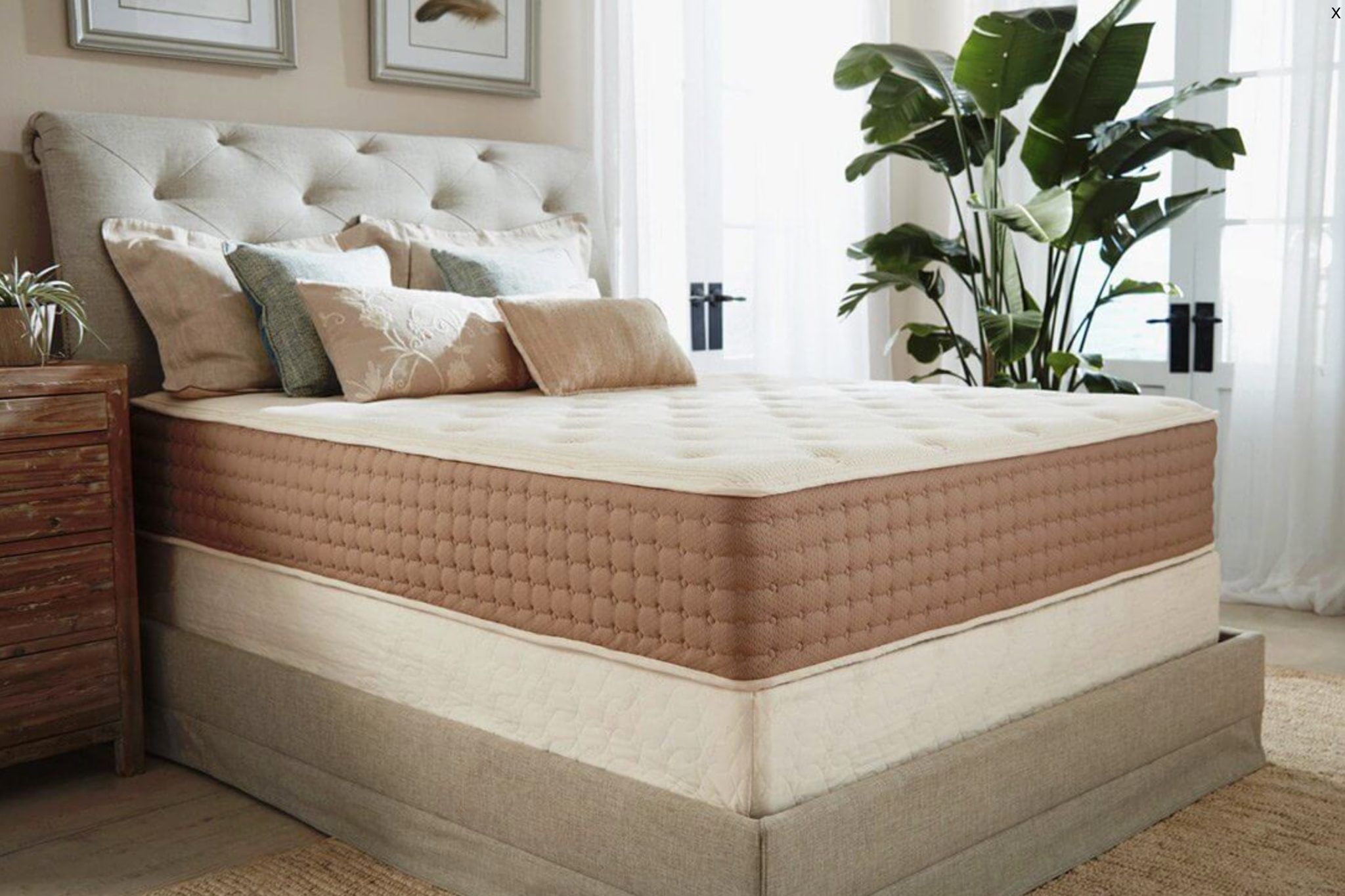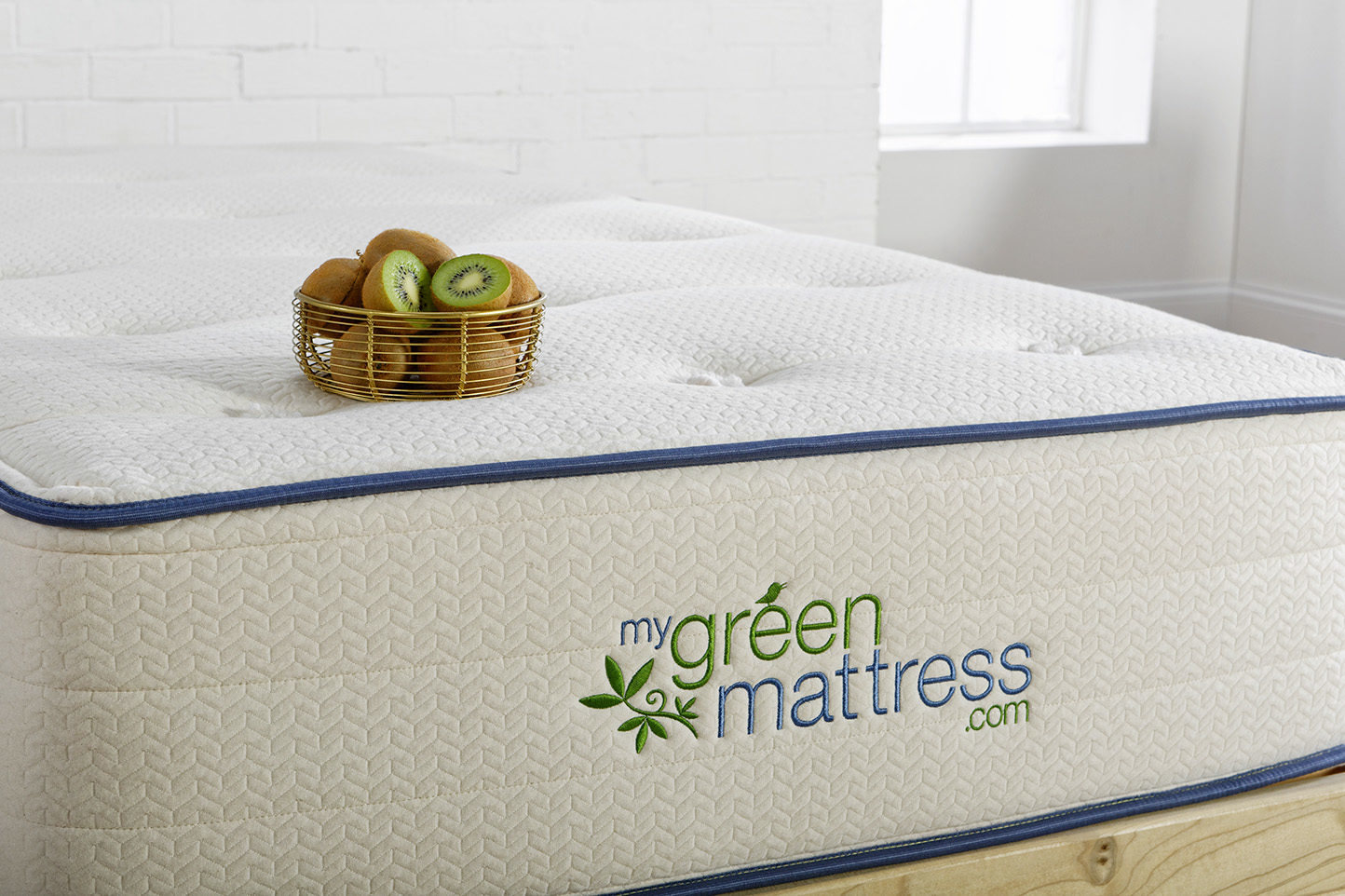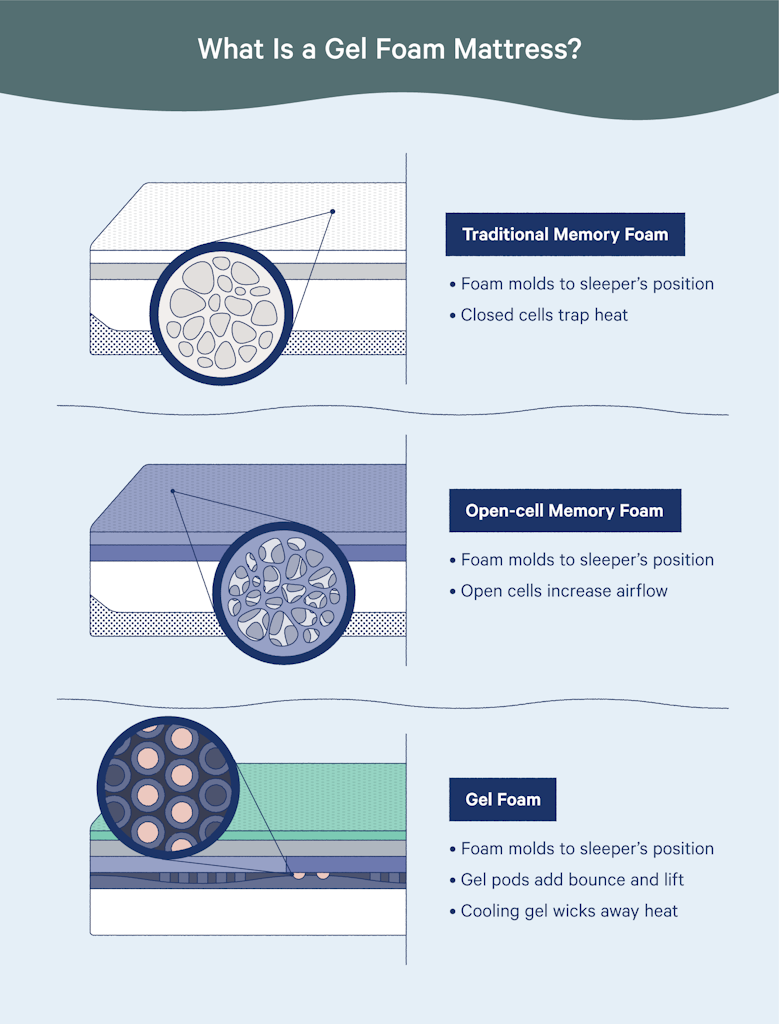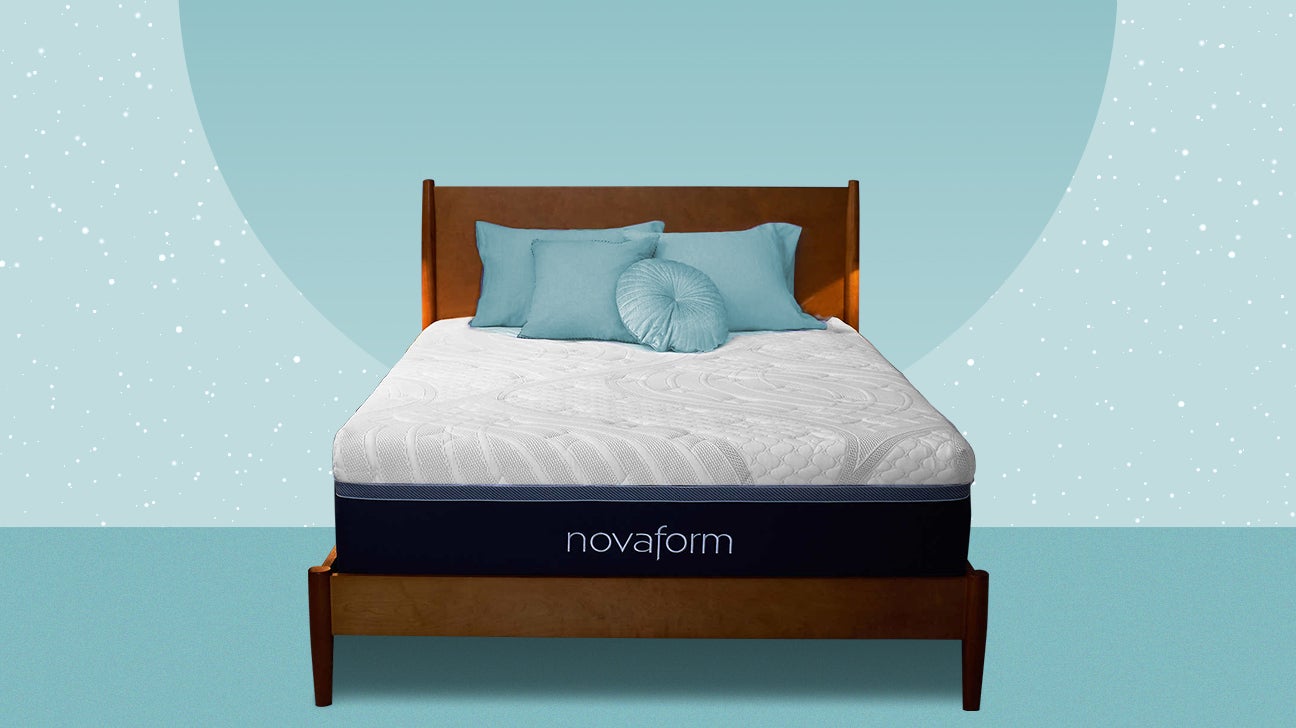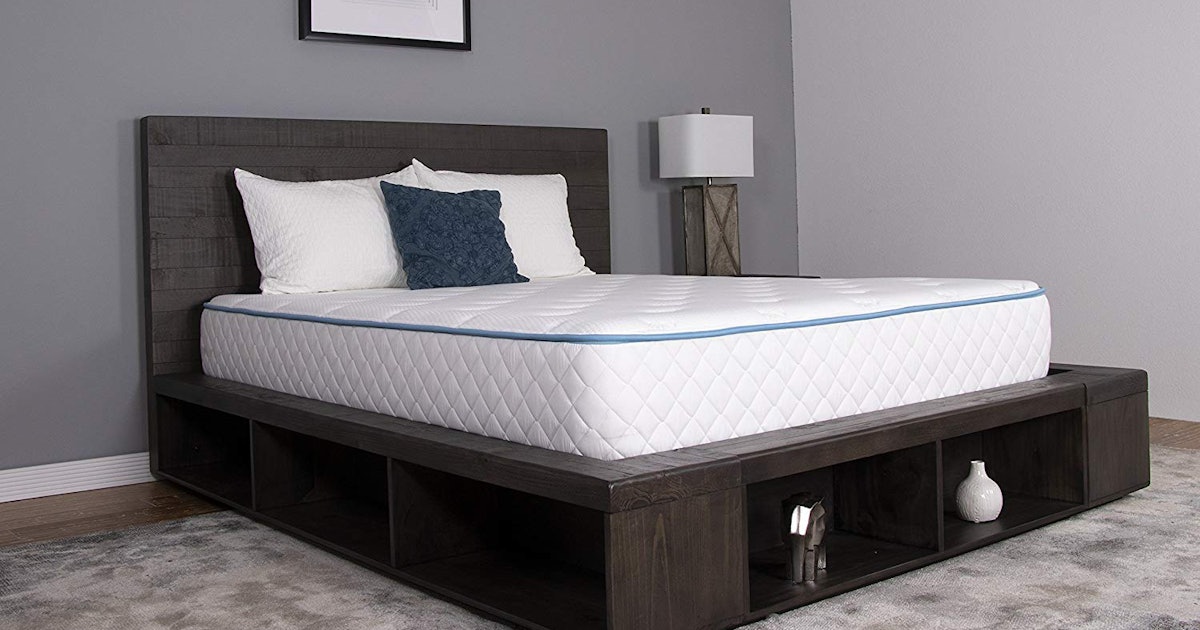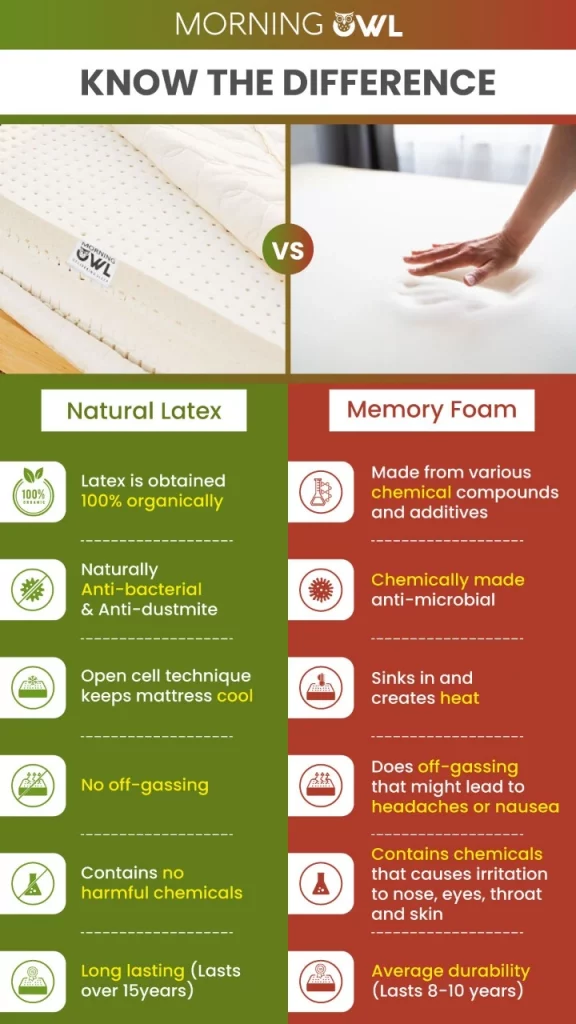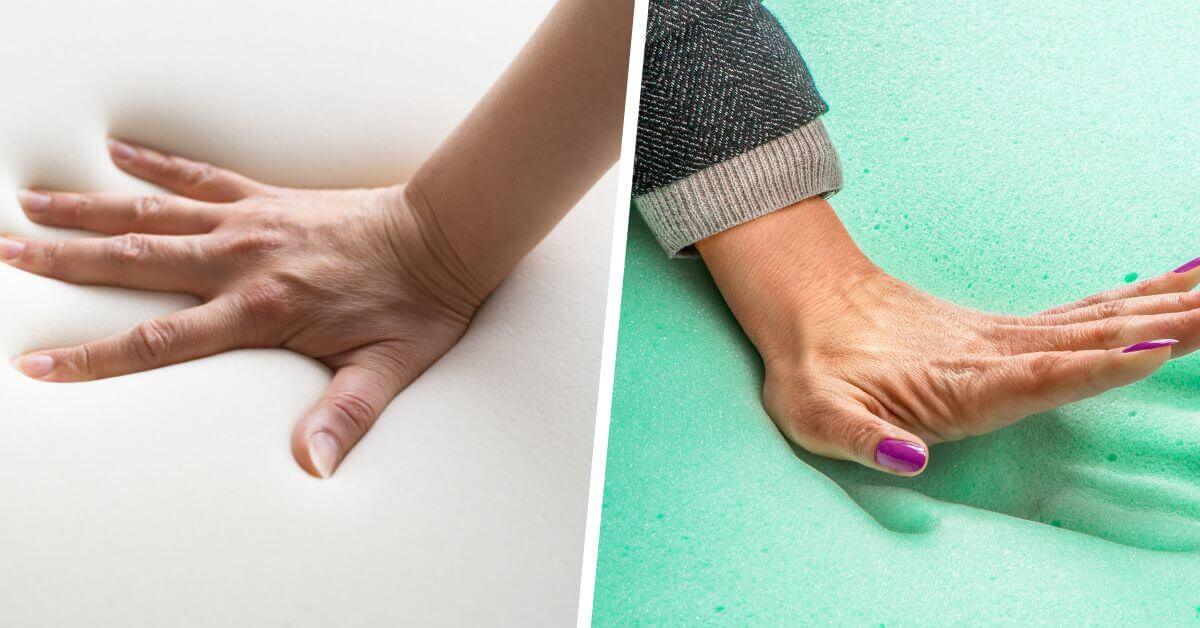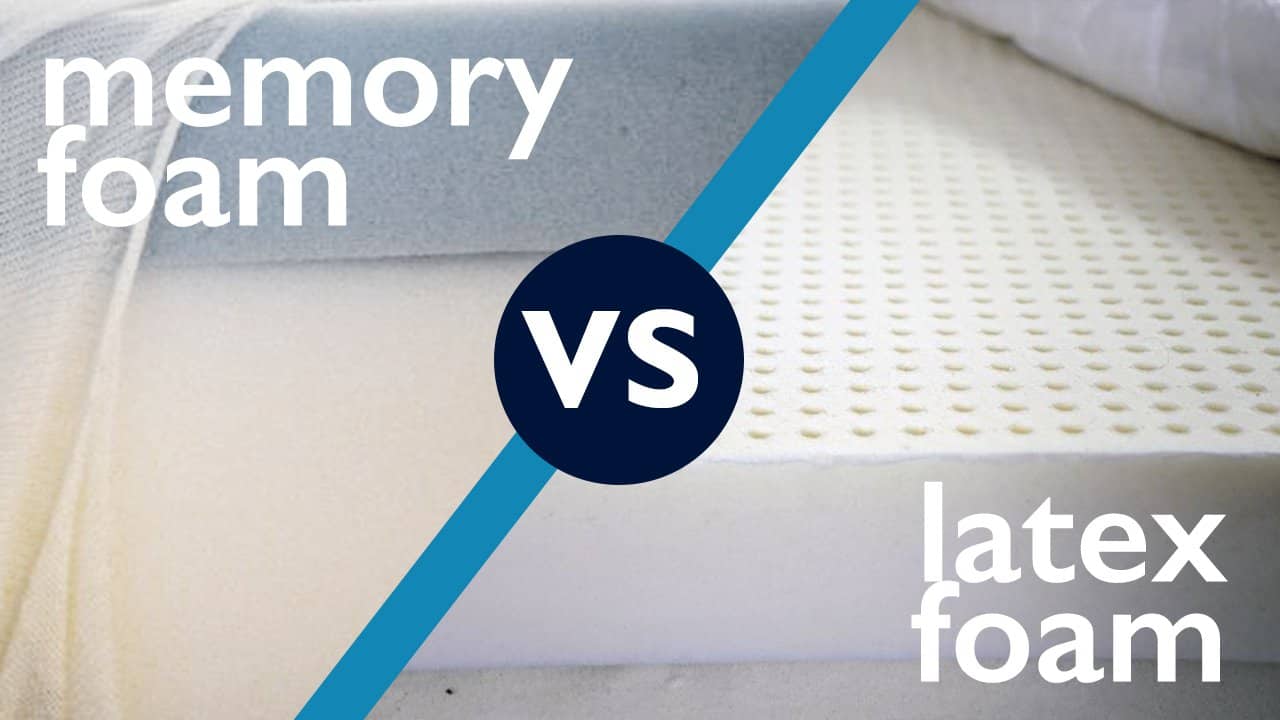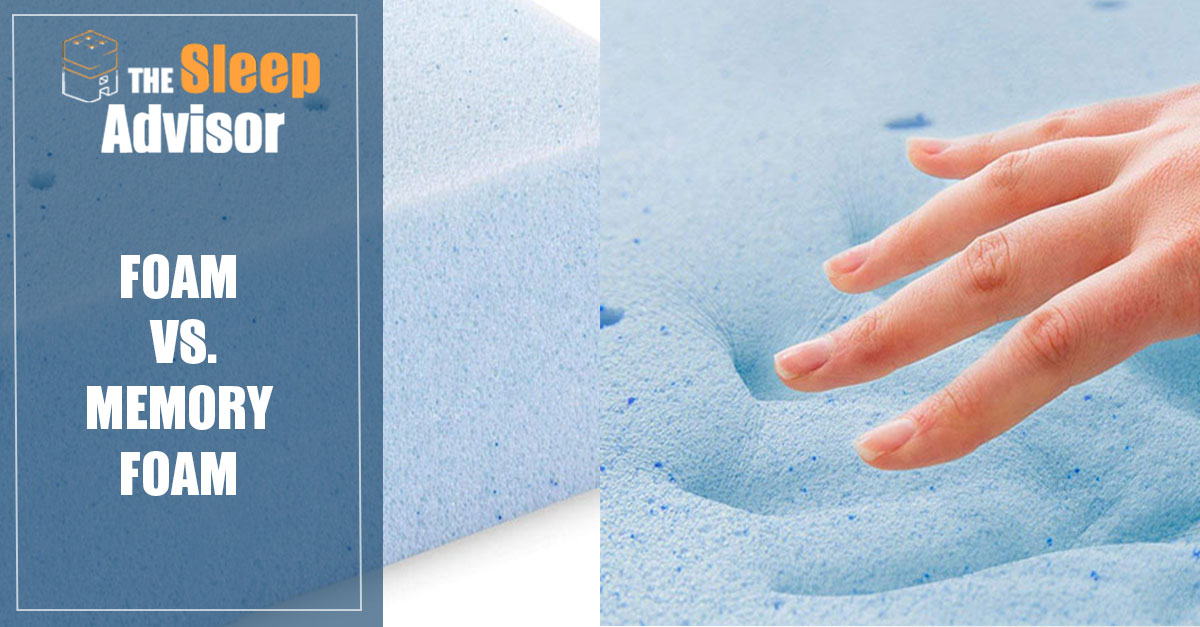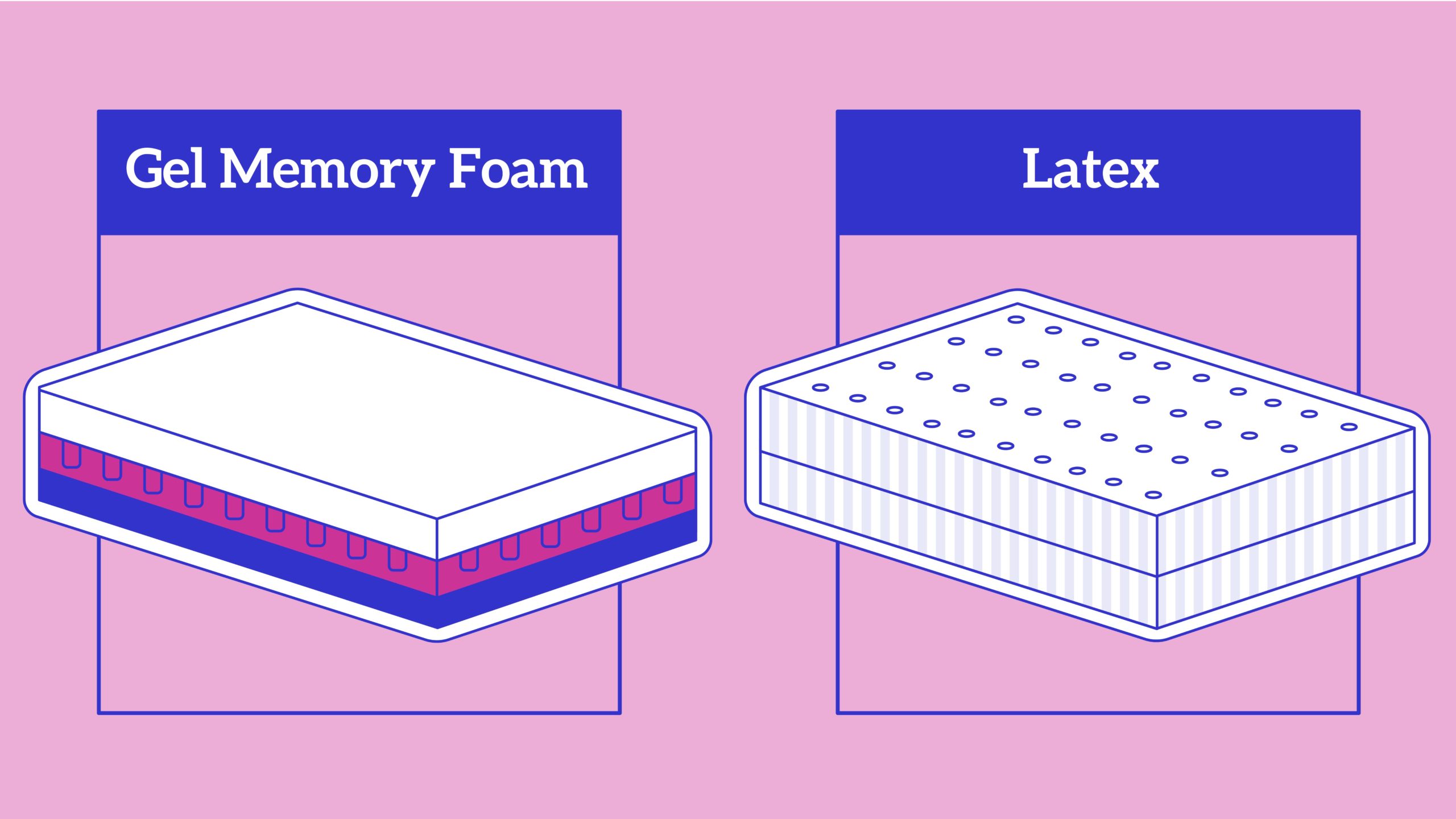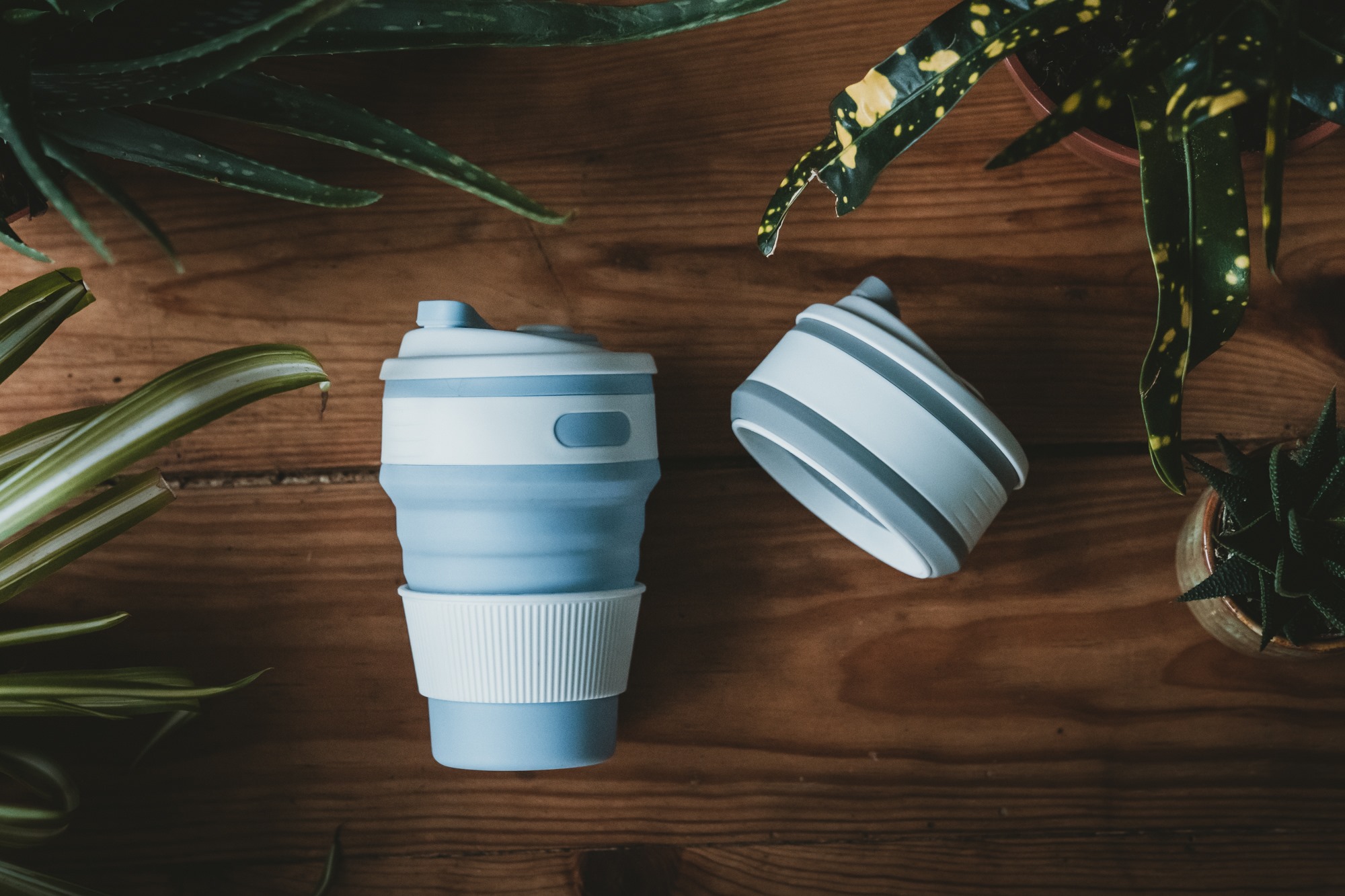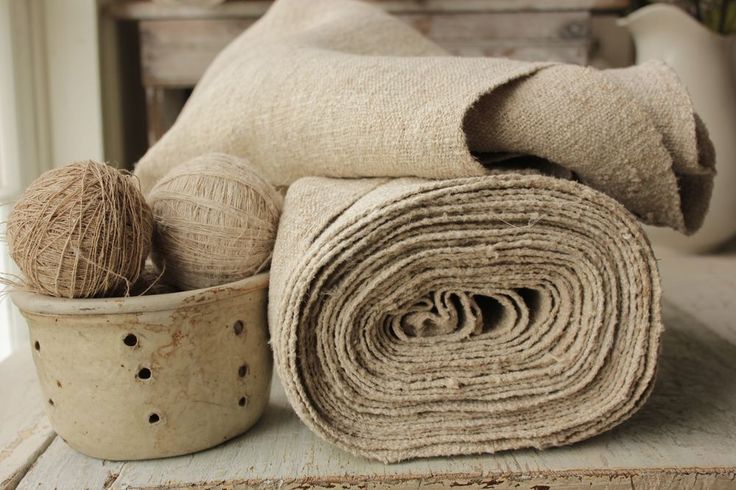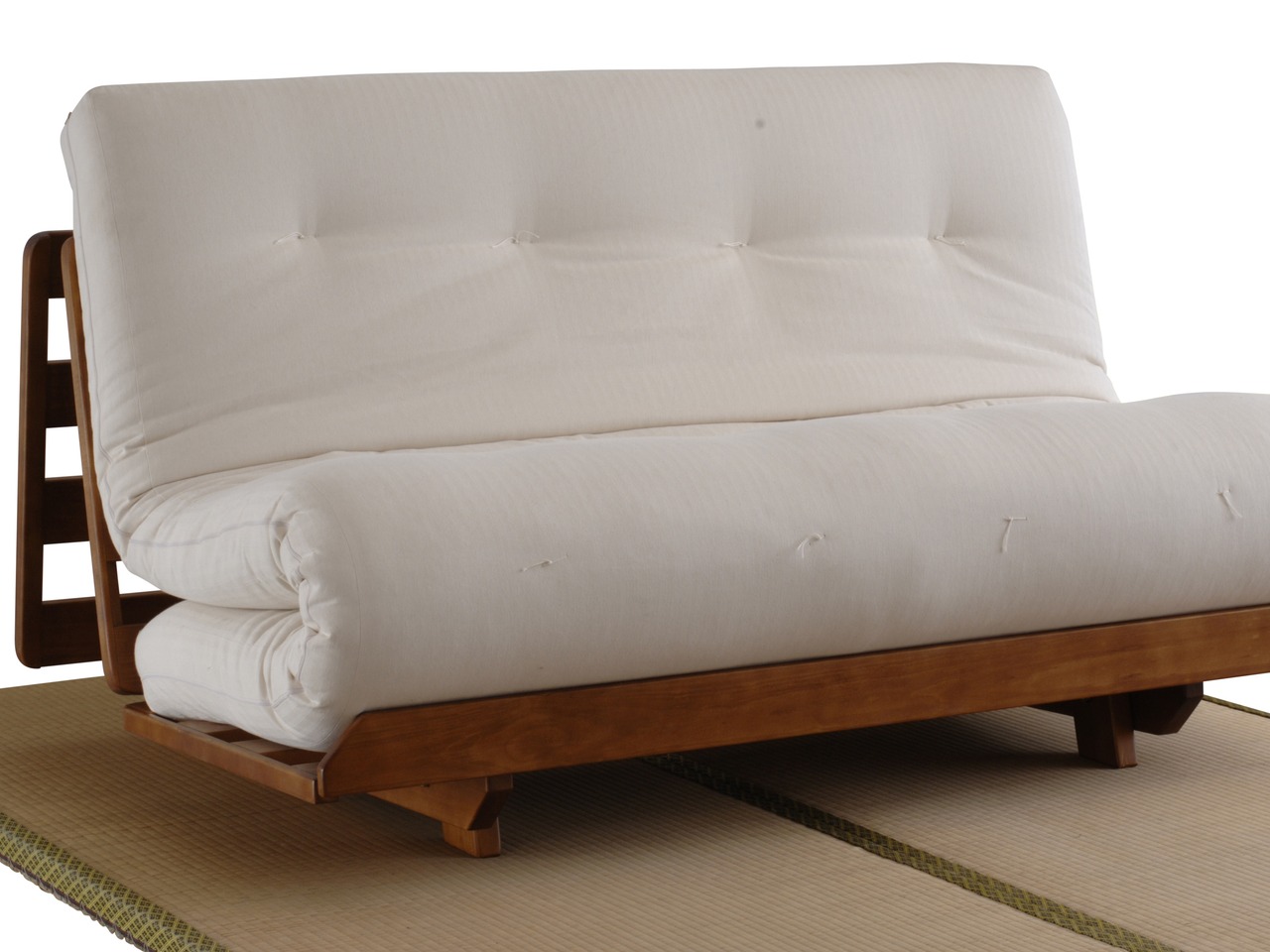Gel Foam Mattress Toxicity: What You Need to Know
When shopping for a new mattress, most people want to make sure they are choosing a safe and healthy option for their home. However, with so many different types of mattresses on the market, it can be overwhelming to know which ones are truly non-toxic. One popular option that has gained attention in recent years is gel foam mattresses. But are gel foam mattresses toxic? Let's dive into the truth about gel foam mattress toxicity and what you need to know before making a purchase.
Are Gel Foam Mattresses Toxic?
The short answer is: it depends. Gel foam mattresses are made with a combination of gel and foam layers, but the materials used can vary greatly from brand to brand. Some gel foam mattresses may contain toxic chemicals, while others may be made with more natural and eco-friendly materials. It's important to do your research and read the product labels or ask the manufacturer about the materials used in their mattresses.
The Truth About Gel Foam Mattresses and Toxicity
One of the main concerns about gel foam mattresses is the potential presence of toxic chemicals. These chemicals, such as formaldehyde, flame retardants, and volatile organic compounds (VOCs), can off-gas and release harmful fumes into the air. This can lead to health issues, especially for those who are sensitive to chemicals or have respiratory conditions.
However, not all gel foam mattresses are created equal. Some brands have taken steps to eliminate or reduce the use of these toxic chemicals in their mattresses. They may use more natural materials, such as plant-based foams or organic cotton covers. These mattresses may also be certified by third-party organizations, such as CertiPUR-US, which ensures that the foam used is free from certain harmful chemicals.
Understanding the Potential Toxicity of Gel Foam Mattresses
To better understand the potential toxicity of gel foam mattresses, it's important to know what materials are commonly used in their production. Most gel foam mattresses are made with a base layer of polyurethane foam, which is known to emit VOCs. This foam is then infused with gel beads, which can also contain chemicals. Additionally, some manufacturers may use chemical flame retardants to comply with fire safety regulations.
While these chemicals are not necessarily used in high concentrations, they can still have negative effects on our health and the environment. It's important to consider not only the immediate effects of sleeping on a gel foam mattress but also the long-term impact of these chemicals on our health and the planet.
The Dangers of Toxic Chemicals in Gel Foam Mattresses
Exposure to toxic chemicals in mattresses has been linked to various health issues, including respiratory problems, allergies, and even cancer. These chemicals can also have a negative impact on the environment, as they can pollute the air and water when they are disposed of.
Furthermore, gel foam mattresses are not biodegradable and can take up space in landfills for years to come. This adds to the growing problem of waste and pollution in our world.
How to Choose a Non-Toxic Gel Foam Mattress
If you are considering purchasing a gel foam mattress, there are a few things you can do to ensure that you are choosing a non-toxic option. First, look for certifications such as CertiPUR-US, which guarantees that the foam used is free from certain harmful chemicals. You can also research the brand and their manufacturing processes to see if they prioritize using natural and eco-friendly materials.
Another option is to choose a gel foam mattress that is certified organic. These mattresses are made with organic materials, such as cotton or latex, and are free from harmful chemicals. They may also be more sustainable and have a smaller environmental impact.
The Environmental Impact of Gel Foam Mattresses
In addition to the potential toxicity of gel foam mattresses, it's important to also consider their environmental impact. As mentioned, these mattresses are not biodegradable and can take up space in landfills. They also require the use of non-renewable resources, such as petroleum, to produce the foam layers. This further contributes to pollution and climate change.
Fortunately, there are more eco-friendly alternatives to gel foam mattresses. For example, you can opt for a natural latex mattress or an organic cotton and wool mattress. These options are more sustainable and may also have a lower impact on your health.
Are Gel Foam Mattresses Safe for Your Health?
In conclusion, the safety and toxicity of gel foam mattresses depends on the specific brand and materials used. While some may contain harmful chemicals, others may be made with more natural and non-toxic materials. It's important to do your research and choose a mattress that aligns with your values and health concerns.
The Difference Between Gel Foam and Memory Foam Mattresses
Lastly, it's important to note the difference between gel foam and memory foam mattresses. While both are made with polyurethane foam, memory foam mattresses do not contain gel beads. This means that they may have a different feel and may not have the same cooling properties as gel foam mattresses. However, they may still contain similar harmful chemicals, so it's important to do your research before purchasing.
Eco-Friendly Alternatives to Gel Foam Mattresses
If you are looking for a more sustainable and non-toxic mattress option, there are several alternatives to gel foam mattresses. As mentioned, natural latex and organic cotton mattresses are great options. You can also look for brands that prioritize using eco-friendly materials and have a commitment to sustainability.
By choosing a non-toxic and environmentally-friendly mattress, you not only protect your own health but also contribute to a healthier planet for future generations. It's important to be conscious of the potential toxicity of gel foam mattresses and make informed decisions when it comes to your sleep surface.
The Truth About Gel Foam Mattresses: Are They Toxic?

What is Gel Foam?
 Gel foam, also known as gel memory foam, is a popular material used in mattresses. It is a type of memory foam that is infused with gel particles, which are meant to provide additional support and cooling properties. Gel foam mattresses have gained popularity in recent years due to their ability to conform to the body, relieve pressure points, and regulate temperature.
Gel foam, also known as gel memory foam, is a popular material used in mattresses. It is a type of memory foam that is infused with gel particles, which are meant to provide additional support and cooling properties. Gel foam mattresses have gained popularity in recent years due to their ability to conform to the body, relieve pressure points, and regulate temperature.
Concerns about Toxicity
 As with any new product, there have been concerns raised about the safety and toxicity of gel foam mattresses. Some people worry that the gel particles used in the foam may emit harmful chemicals that could be hazardous to health. This has led to the question, are gel foam mattresses toxic?
The Short Answer: No.
Gel foam mattresses are not toxic. The gel particles used in the foam are non-toxic and safe for use in mattresses. They are commonly made from substances such as silica, which is found in sand, and polyurethane, which is used in many household products.
As with any new product, there have been concerns raised about the safety and toxicity of gel foam mattresses. Some people worry that the gel particles used in the foam may emit harmful chemicals that could be hazardous to health. This has led to the question, are gel foam mattresses toxic?
The Short Answer: No.
Gel foam mattresses are not toxic. The gel particles used in the foam are non-toxic and safe for use in mattresses. They are commonly made from substances such as silica, which is found in sand, and polyurethane, which is used in many household products.
The CertiPUR-US Certification
 To further ease any concerns about toxicity, gel foam mattresses are often certified by CertiPUR-US. This certification ensures that the foam used in the mattress is made without harmful chemicals such as formaldehyde, ozone depleters, and heavy metals like mercury and lead. Additionally, it guarantees low emissions for indoor air quality and is made without phthalates, which are commonly used in plastics and have been linked to health concerns.
Main Keyword: Toxic
To further ease any concerns about toxicity, gel foam mattresses are often certified by CertiPUR-US. This certification ensures that the foam used in the mattress is made without harmful chemicals such as formaldehyde, ozone depleters, and heavy metals like mercury and lead. Additionally, it guarantees low emissions for indoor air quality and is made without phthalates, which are commonly used in plastics and have been linked to health concerns.
Main Keyword: Toxic
Why the Concern about Toxicity?
 The concern about toxicity in gel foam mattresses may stem from the use of chemicals in traditional memory foam mattresses. These chemicals, known as volatile organic compounds (VOCs), can emit strong odors and potentially cause health issues such as respiratory irritation and headaches. However, gel foam mattresses do not contain the same level of VOCs as traditional memory foam mattresses, making them a safer and healthier option.
Main Keyword: Gel Foam Mattresses
The concern about toxicity in gel foam mattresses may stem from the use of chemicals in traditional memory foam mattresses. These chemicals, known as volatile organic compounds (VOCs), can emit strong odors and potentially cause health issues such as respiratory irritation and headaches. However, gel foam mattresses do not contain the same level of VOCs as traditional memory foam mattresses, making them a safer and healthier option.
Main Keyword: Gel Foam Mattresses
The Benefits of Gel Foam Mattresses
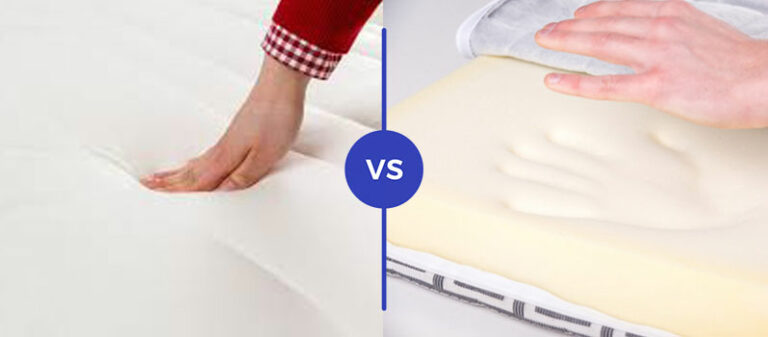 Gel foam mattresses not only offer a comfortable and supportive sleep surface but also have several benefits that make them a popular choice among consumers. The gel particles in the foam help to dissipate body heat, keeping sleepers cool and comfortable throughout the night. This is especially beneficial for those who tend to sleep hot. Gel foam mattresses also have the ability to conform to the body, providing targeted support for pressure points and reducing pain and discomfort.
Gel foam mattresses not only offer a comfortable and supportive sleep surface but also have several benefits that make them a popular choice among consumers. The gel particles in the foam help to dissipate body heat, keeping sleepers cool and comfortable throughout the night. This is especially beneficial for those who tend to sleep hot. Gel foam mattresses also have the ability to conform to the body, providing targeted support for pressure points and reducing pain and discomfort.
In Conclusion
 So, are gel foam mattresses toxic? The answer is no. Gel foam mattresses are safe, non-toxic, and even have the added bonus of CertiPUR-US certification. With their ability to provide a comfortable and supportive sleep surface, as well as their cooling properties, gel foam mattresses are a great option for those in the market for a new mattress. Rest easy knowing that you can enjoy the benefits of gel foam without any concerns about toxicity.
So, are gel foam mattresses toxic? The answer is no. Gel foam mattresses are safe, non-toxic, and even have the added bonus of CertiPUR-US certification. With their ability to provide a comfortable and supportive sleep surface, as well as their cooling properties, gel foam mattresses are a great option for those in the market for a new mattress. Rest easy knowing that you can enjoy the benefits of gel foam without any concerns about toxicity.
